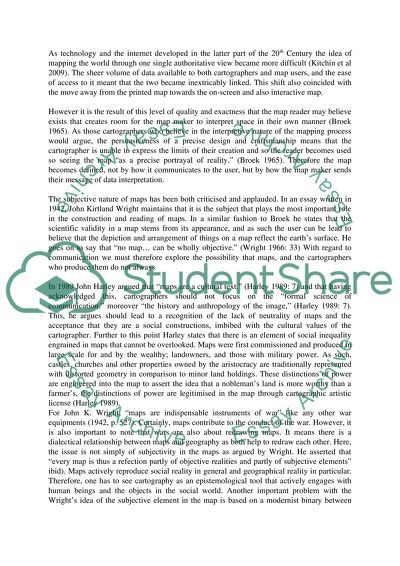Cite this document
(“Maps as a Form of Communication Essay Example | Topics and Well Written Essays - 500 words”, n.d.)
Retrieved de https://studentshare.org/geography/1586005-doing-geographical-research
Retrieved de https://studentshare.org/geography/1586005-doing-geographical-research
(Maps As a Form of Communication Essay Example | Topics and Well Written Essays - 500 Words)
https://studentshare.org/geography/1586005-doing-geographical-research.
https://studentshare.org/geography/1586005-doing-geographical-research.
“Maps As a Form of Communication Essay Example | Topics and Well Written Essays - 500 Words”, n.d. https://studentshare.org/geography/1586005-doing-geographical-research.


